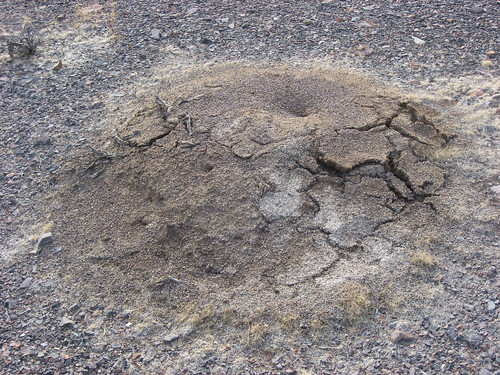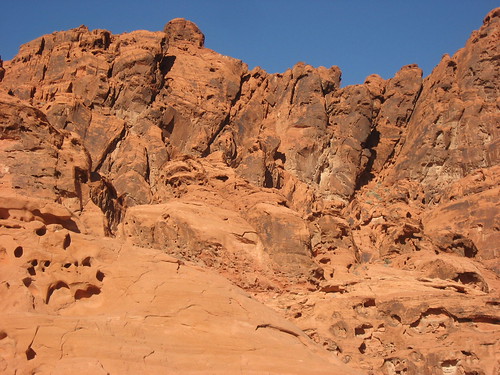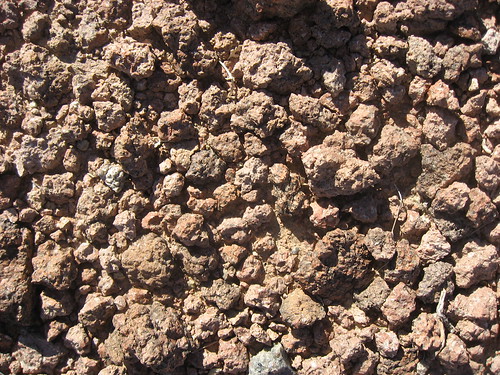For one thing, the early Earth was what we would consider today to be a harsh environment. The "primordial soup" was anaerobic, a time stretching for billions of years in which free oxygen was absent. Without free atmospheric oxygen no ozone layer could form. And without the protective ozone layer, ultraviolet radiation, inimicable to most modern life forms, bathed the surface of the planet.
Many species of bacteria-like organisms, both known and unknown to science, now live in extreme environments that in some ways recall our ancient past. Smoking vents at the bottom of the oceans and sulfur hot springs are some of these environments. They provide partial evidence of what Earth used to be like.
What else is implied by eons of bacterial presence on Earth? We know that photosynthetic bacteria began to thrive at a certain point in our history, and that so much oxygen was released from these organisms, our atmosphere switched to an aerobic, or oxygen-rich state. The presence of free oxygen in the environment was a revolutionary threshold on Earth. Because oxygen is a toxin. It strips electrons from other elements and changes their chemistry. As harsh as the early Earth was, life had to evolve further to deal with the presence of oxygen. Over the eons, macroscopic life forms that we recognize today emerged.
This leads me to the third "big" conclusion about our common history with bacteria. We evolved from them. Perhaps it is counterintuitive that the large, seemingly dominant plants and animals on Earth today, are just half-emerging from a bathtub filled with bacteria. But bacteria and other microbes still dominate our environment, both internal and external.
Just as a bather lifting out of a tub full of water has water inside and all over their body, our insides are full of bacteria and so is our skin. Bacteria that process oxygen (mitochondria) live in every one of our cells. Without them we would not last for one second. Our soil, air, and water are full of bacteria. Plants and algae couldn't do photosynthesis without their chloroplast partners, bacterial descendants that live in every photosynthetic cell.
We share a common genome with bacteria and because of this, we have much in common with them physically and metabolically. Why all this thinking and writing about bacteria?
I started a new sculpture project called "The First Billion Years." I'm making a thousand objects, each of which represents a million years of life. I could do this project three times over and still only represent bacterial life on our planet. It gives me pause, but it's also inspiring, to think that we share this deep relationship with life forms that seem at once strange and perhaps repellent.







No comments:
Post a Comment